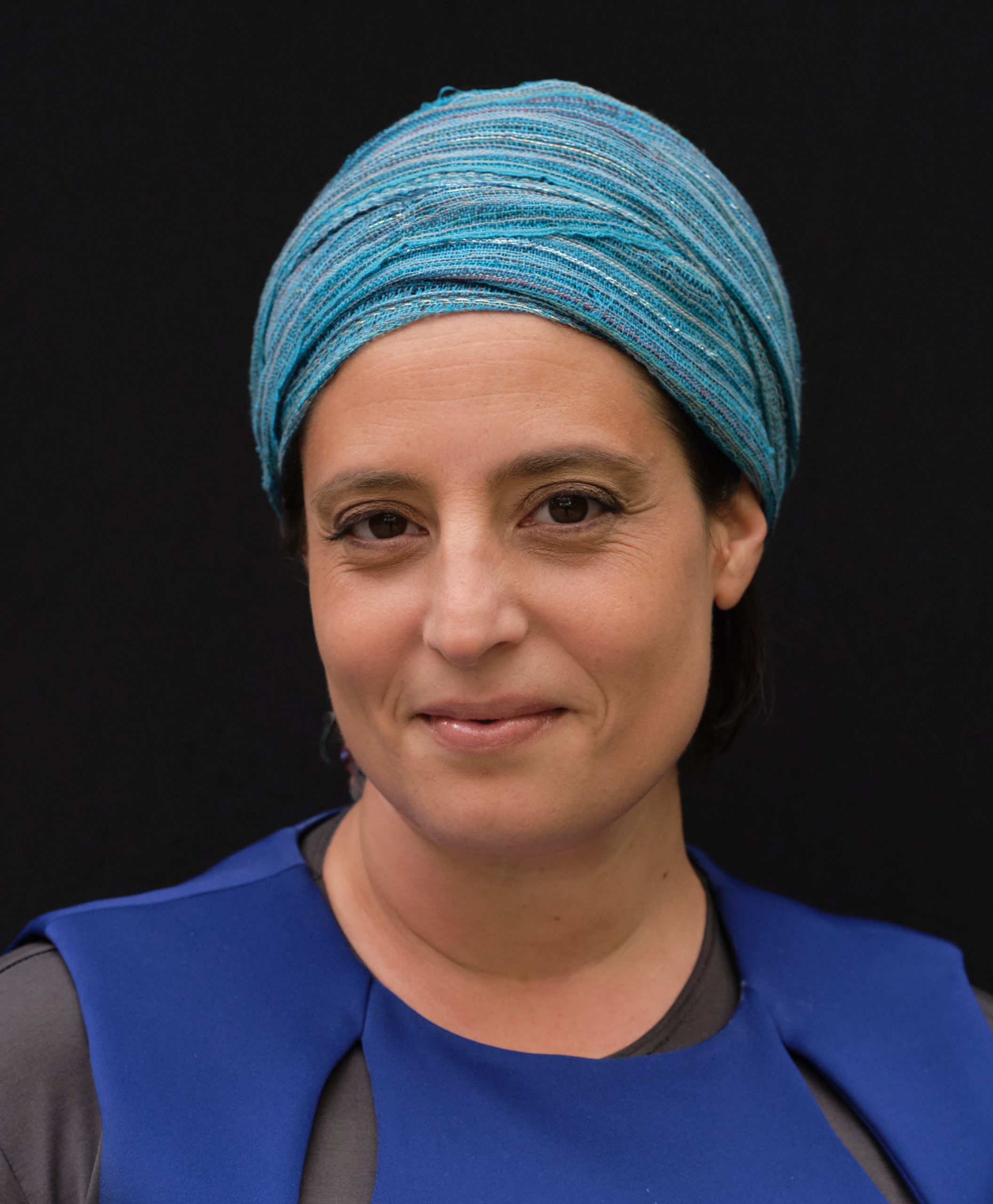Divine Time and Human Time: Modes of Sanctification- The Meaning of Keriyat Shema
Rabbi Avie Walfish
Until his recent retirement, Avraham (Avie) Walfish taught Talmud and Jewish Thought at the Herzog College in Alon Shvut, and headed the M.Ed. program in teaching Talmud and Jewish Thought in Michlala College in Jerusalem. At Yeshiva University he completed his B.A. in philosophy, while studying Talmud with Rav Aharon Lichtenstein and Rabbi Joseph B. Soloveichik. After making aliyah, he received his rabbinic ordination from R. Zalman Nehemiah Goldberg and completed his M.A. and Ph.D. at Hebrew University, writing his dissertation on literary features of Mishnah. He has taught and lectured in many frameworks in Israel and abroad, including Pardes Institute, Bar Ilan University, and Drisha. His extensive publications in different areas of Jewish studies include the Iyun Mishnah website and a recently published commentary on Mishnah Berakhot, Mishnaic Tapestries. In 2005 he was awarded the Prize of the Israeli Minister of Education for creative work in Jewish culture.
Click here to access podcasts recorded by Avie Walfish.
The puzzling arrangement of the laws of Keriyat Shema in Berachot Chapters 1-3 reveal the different ways in which man invests divinely ordained times with human meaning. How do the Sages of the Mishnah think frameworks of sanctity should be integrated with or separated from everyday social settings?
Part of Drisha’s Winter Week of Learning 2005, dedicated in memory of Rifka Rosenwein, z”l.






